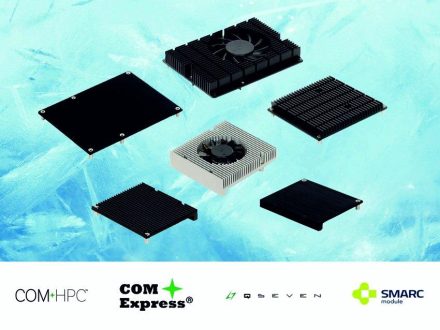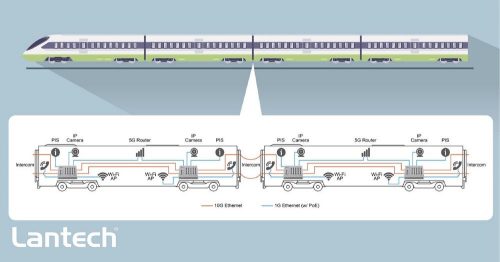Touch technologies from Holitech
A resistive touch screen works by the pressure on the surface of the screen created by a touch. Usually the top layer of the display consists of a thin polyester film. Directly below is an electrically conductive layer, followed by a space with a spreader and a second conductive layer. When touched by a finger, pen or other object, the layers are brought together so that a current flows. The electrical resistance is then determined in order to obtain the position of the respective printing point and the corresponding command is carried out by the system. A resistive touch reacts to pressure and can therefore be operated with any object. An input can therefore be made both with the finger and, for example, with an input pen.
With the capacitive solution, an electric field is generated over the screen surface. In most cases, this is done with a metal oxide film that is almost invisible to the eye. If a finger approaches, the electric field is changed, since the finger emits small electrical impulses to the environment. No mechanical pressure has to be exerted on the surface of the screen in order to execute a command in the system. This technology is becoming more and more popular thanks to the contactless function, also againt with the background of the global pandemic. In addition, a multi-touch function is also possible with the capacitive solution, since several points of contact can be recorded and processed at the same time. It is possible to zoom the screen content with two fingers. Capacitive touchscreens are widespread and are used in all common smartphones or tablet PCs. The capacitive touch can only be operated with your finger.
Since the surface of resistive touchscreens has to be sensitive to pressure, it is less stable and prone to mechanical damage such as scratches. In the case of capacitive solutions, on the other hand, scratch and impact-resistant glass can be installed. The disadvantage is that, for example, it is not possible to operate with gloves in winter. There is also a disadvantage when it comes to accessibility, because people with prosthetic arms cannot operate a device with a capacitive touch. Special conductive pins are available commercially to correct this disadvantage.
Holitech offers capacitive touchscreen monitors in sizes from 1 inch to 105 inches. In addition to standard displays, the portfolio also includes customer-specific solutions in both single and multi-touch versions with up to 40 simultaneous touchpoints. Optional touchscreen technologies such as DITO (double-sided ITO), SITO (one-sided ITO) or OGS (one glass solution) are also available. The cover glass can be supplied in customer-specific shapes including printing, special surface treatment in the designs AG, AF, AR etc. or PMMA cover. Standard gluing of the cover glass with an air gap using DST is just as possible as gluing with liquid adhesive (OCR), film (OCA) and optical gluing with liquid glass. A wide range of touch controllers from leading manufacturers such as Microchip, Cypress, FocalTech, Zinitix, Goodix and Sitronix including Atmel® maxTouch® are supported in order to develop both the cost-optimized solution and the high-end industrial solution. Stand-alone sensors with and without controllers are also available, and Chip on Board (COB) and Chip on Flex (COF) designs are possible.
More information at www.holitech-europe.com.
Holitech Europe GmbH
Klaus-Bungert-Str. 5a
40468 Düsseldorf
Telefon: +49 (211) 9763326-0
Telefax: +49 (211) 9763326-9
http://www.holitech-europe.com
Marcom360
Telefon: +49 (7083) 933745
E-Mail: dgar.huber@marcom360.de
![]()





